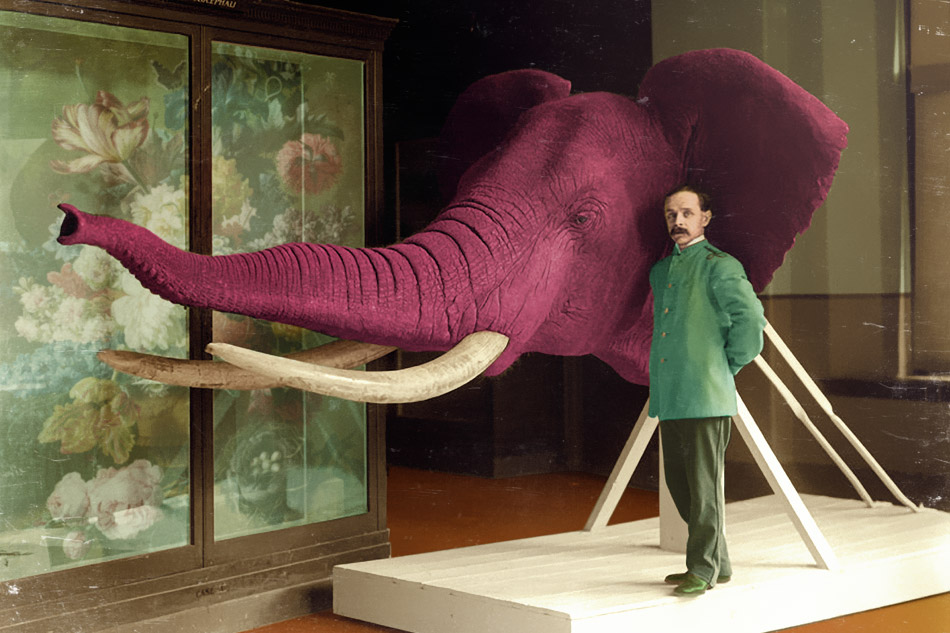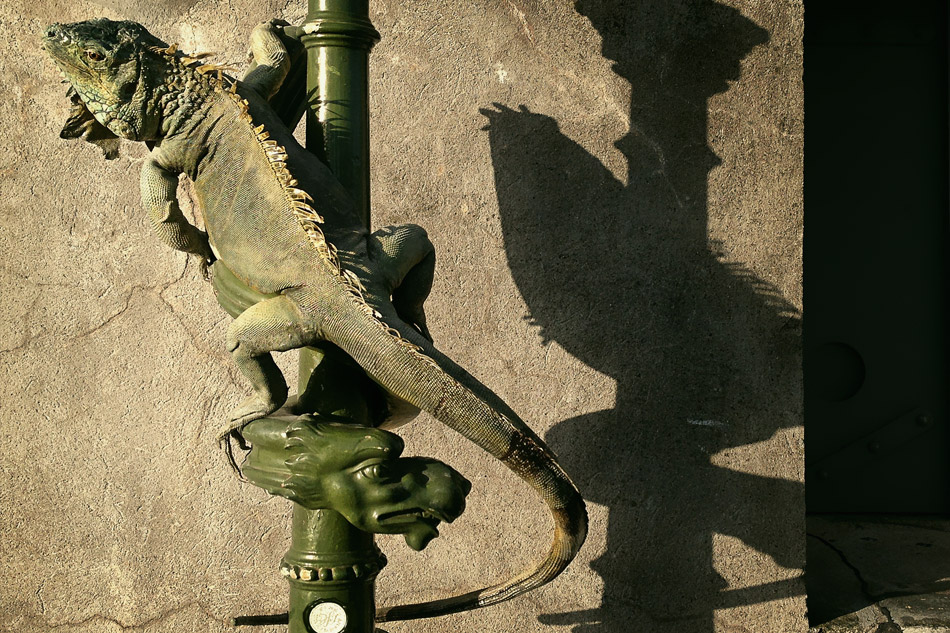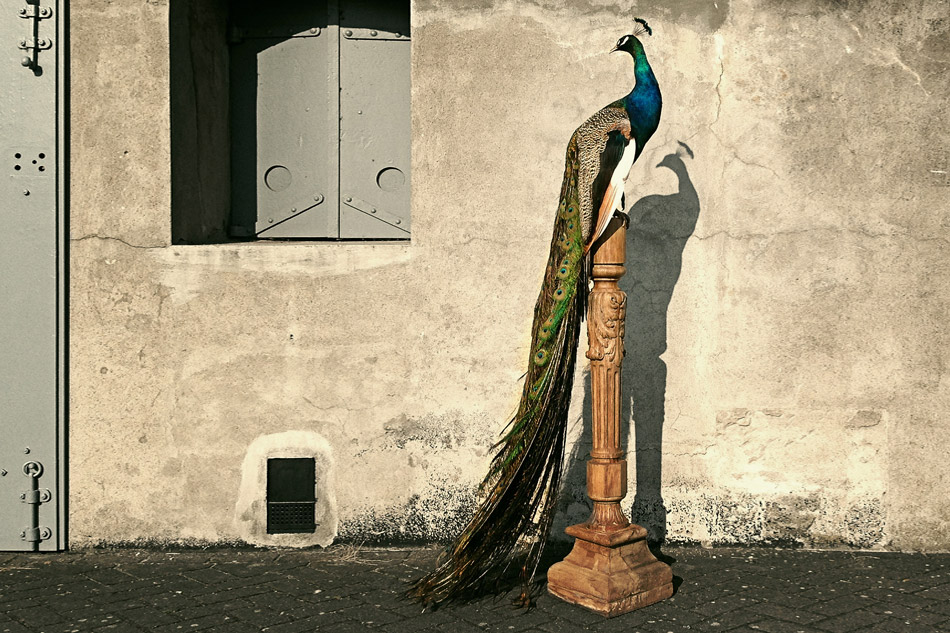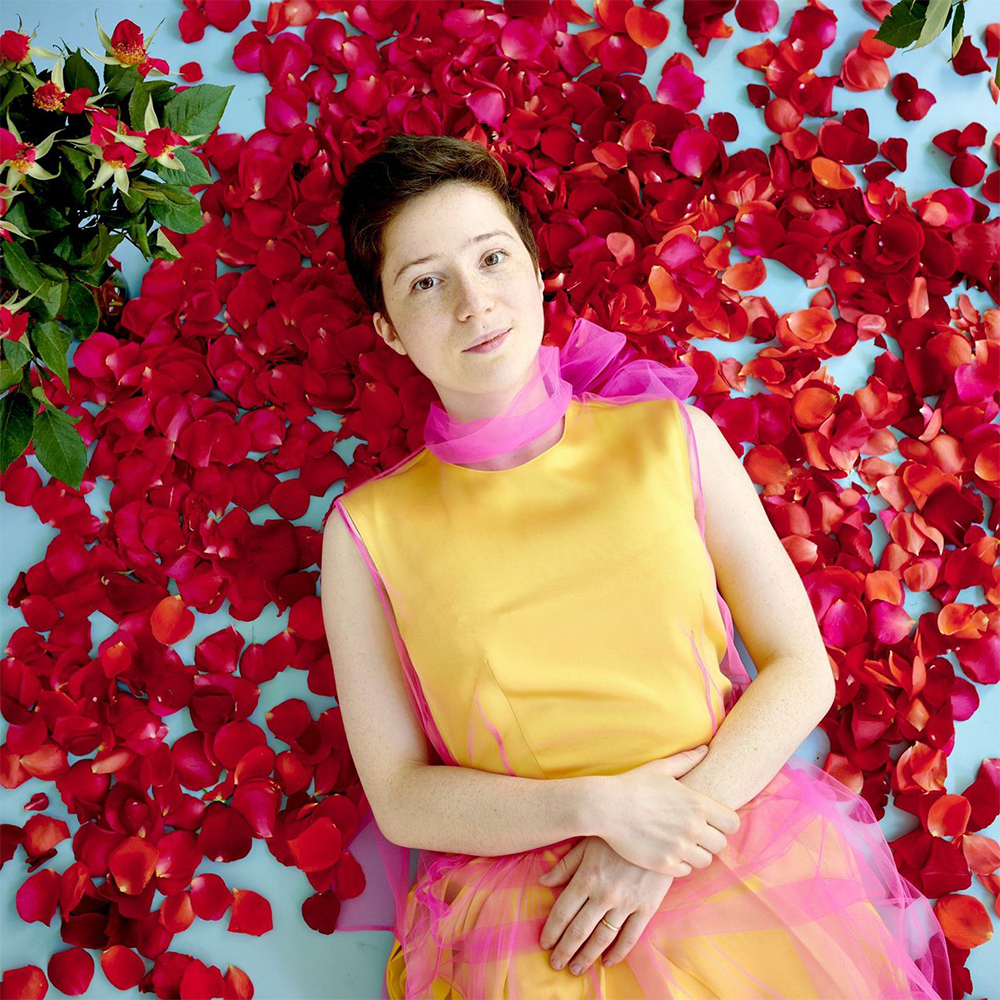
October 15, 2014Dutch artists Jaap Sinke (left) and Ferry van Tongeren, whose singular work is on display at London’s Jamb gallery from October 16 through 30. Top: Birdcage, 2013. All photos courtesy of the artists
This month sees the inaugural exhibition of extraordinary taxidermic compositions by Darwin, Sinke & van Tongeren, the Amsterdam-based studio that launched a storefront on 1stdibs earlier this year. Will Fisher, the founder of the gallery Jamb — a 1stdibs stalwart on London’s Pimlico Road — will host the show, displaying the pieces among the magnificent 18th- and 19th-century English and Irish country-house furniture, chimneypieces, lanterns, garden ornaments and additional curiosities for which the gallery is known.
The show’s title, “Darwin’s Menagerie,” refers both to Charles Darwin, whose spirit of exploration inspires all aspects of Jaap Sinke and Ferry van Tongeren’s wildly creative collaboration (hence his name being part of their studio’s moniker), and to the selection of exotic, often rare animals and birds comprising the show.
The duo also take inspiration from the work of 17th-century Dutch Old Masters, in particular Jan Weenix, Melchior d’Hondecoeter and Adriaen van Olen. These artists portrayed the excitement and wonder generated by the fantastical creatures brought back to Europe by explorers from newly discovered lands. Van Tongeren and Sinke’s often elaborate compositions — one work, Birdcage, includes 22 different species from the parrot and macaw family — are three-dimensional interpretations of such masterpieces. Another example is Jan Weenix, which is comprised of a mute swan and a wild peafowl and pays tribute to Weenix’s seminal circa-1651 work, Still Life with a Dead Swan. There is playfulness, too, as with Green Iguana, which depicts a large lizard, hand-painted with great care, climbing up a column salvaged from a Dutch city hall, or Running White Greater Rhea, an ostrich-like bird frozen in mid-run.
The two artists met 20 years ago when working in Amsterdam as advertising creatives. Van Tongeren later founded his own agency, the award-winning Doom & Dickson, where Sinke became a partner. In 2011, van Tongeren sold the company and spent a year traveling the globe with his family while deciding what to do next. “I had always had a huge interest in natural history and had started collecting animal skulls when I was a boy,” he explains, “Halfway around the world, I decided I wanted to be a taxidermist. I can’t explain why — it just suddenly seemed the right thing.” It took him a year to learn the basics of the craft, since perfected by a part-time job at the National Museum of Natural History in Leiden, Holland, which has one of the oldest taxidermy collections in the world. As he became more inspired and excited by the potential of taxidermy as an artistic medium, he persuaded Sinke to join him.

Clockwise from top left: Running White Greater Rhea, 2014; White-Crested Laughingthrush, 2014; Cockatoo and Macaw, 2013; Lion Cubs, 2013
One aspect that sets them apart from other contemporary taxidermists is their refusal to settle for the ubiquitous factory molds on which an animal’s skin is usually fitted. Instead they achieve complicated, almost impossible poses by building each mold from scratch, tailor-made to the creature concerned, to achieve the visual interest and drama to which they aspire. Sinke explains that the way the animal is displayed is also part of the composition. “We scour antiques shops and sale rooms for pedestals and mounts that we can adapt and re-imagine to fit with the 17th-century style of composition we are searching for in our work.” So enthusiastic are they when hunting that they now also use 1stdibs to sell the overflow of antiques they’ve collected, operating that storefront under the name Zus Korsten.
As they are keen to stress, their work is much more than taxidermy: It is their chosen art form. Each specimen is numbered and signed with a Darwin, Sinke & van Tongeren plaque. It is this artistic sensibility that so enthralled Jamb founder Will Fisher and led him offer his London showroom for the exhibition, which runs from October 16 through 30. “While I usually have no interest in modern taxidermy, the context of Dutch Masters and the history of still-life paintings gives true gravitas to these works of art,” Fisher says. “Jaap and Ferry breathe vitality back into these majestic animals and birds.”
Indeed, Sinke and van Tongeren aspire to produce work that might one day grace museums and art galleries around the world — much like the Old Masters they so admire. “Traditional taxidermy seems a poor way of preserving beauty,” van Tongeren says. “In our hands, animals and birds become alive, alert and bright with color.” Adds Sinke: “What we do is as valid an art form as painting, sculpture or contemporary installation.”
Shop Darwin, Sink & van Tongeren on 1stdibs
Still Curious? Explore the Cabinet of Curiosities Collection







